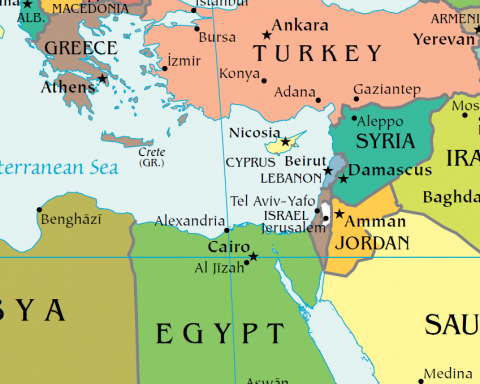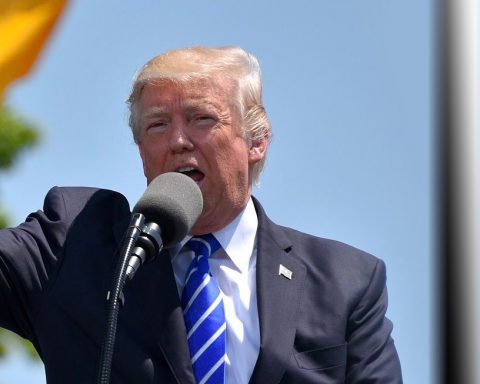Iran seeks 3 more Khayyam satellites – Iran plans to commission three more versions of a satellite launched this week by Russia, Tehran’s government spokesman said Friday.
The Khayyam blasted into orbit on Tuesday, prompting US accusations that it is intended for spying. Iran dismissed Washington’s claim as “childish.”
“The construction of three other Khayyam satellites with the participation of Iranian scientists is on the government’s agenda,” its spokesman Ali Bahadori-Jahromi said on Twitter.
A Soyuz-2.1b rocket sent the satellite into orbit from the Moscow-controlled Baikonur Cosmodrome in Kazakhstan.
Responding to the launch, Washington said Russia’s growing cooperation with Iran should be viewed as a “profound threat,” but the head of Iran’s Space Agency, Hassan Salarieh, dismissed the accusation.
He said the Khayyam is designed to meet Iran’s needs for “crisis and urban management, natural resources, mines, agriculture and so on.”
The Khayyam was built by the Russians under Iran’s supervision, Salarieh said at a press conference on Wednesday.
Ahead of the launch, The Washington Post quoted anonymous Western intelligence officials as saying that Russia “plans to use the satellite for several months or longer” to assist its war effort before allowing Iran to take control.
Iran’s space agency stressed on Sunday that it would control the satellite “from day one,” in an apparent reaction to the Post’s report.
Khayyam, apparently named after the 11th-century Persian polymath Omar Khayyam, will not be the first Iranian satellite that Russia has put into space.
In 2005, Iran’s Sina-1 satellite was deployed from Russia’s Plesetsk Cosmodrome.
The new satellite launch came a day after the European Union submitted a “final text” at talks to salvage a 2015 deal aimed at reining in Iran’s nuclear ambitions, and which Tehran said it was reviewing.
The United States has accused Iran of effectively supporting Russia’s war against Ukraine while adopting a “veil of neutrality.”
Iran insists its space program is for civilian and defense purposes only, and does not breach the 2015 nuclear deal, or any other international agreement.
Western governments worry that satellite launch systems incorporate technologies interchangeable with those used in ballistic missiles capable of delivering a nuclear warhead, something Iran has always denied wanting to build.
Iran seeks 3 more Khayyam satellites
Latest from Blog
Madrid – La Spagna si è congratulata per l’adozione della risoluzione 2797, che sottolinea che una
Il Vice Primo Ministro e Ministro degli Esteri belga, Maxime Prévot, ha confermato a Bruxelles davanti
Sahara occidentale: Consiglio del Golfo riafferma marocanità del Sahara e saluta la risoluzione 2797
Manama – Il Consiglio Supremo del Consiglio di Cooperazione degli Stati arabi del Golfo (CCG) ha
Il ritorno del tatuaggio nella nostra epoca è una riprova che vi sono nell’inconscio collettivo (Jung)
Federica Mogherini fermata dalla polizia belga, lo scenario è quello di un (nuovo) scandalo di corruzione
MARRAKECH – Si è aperta lunedì 1° dicembre 2025, nella città ocre, la 19ª edizione del
E’ pronto per una nuova missione. Quali sono le motivazioni che la inducono a continuare? In
Nel pomeriggio di domenica 30 novembre, il Teatro Italia di Roma ha ospitato “L’Arca delle Idee.
La ministra dell’Economia e delle Finanze, Nadia Fettah, ha sottolineato che la traiettoria dí sviluppo del
Ha preso il via a Dakhla il primo Vertice africano sui sistemi sanitari e sulla sovranità













